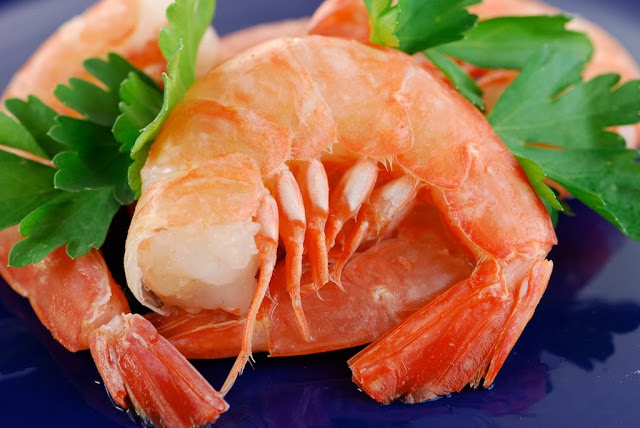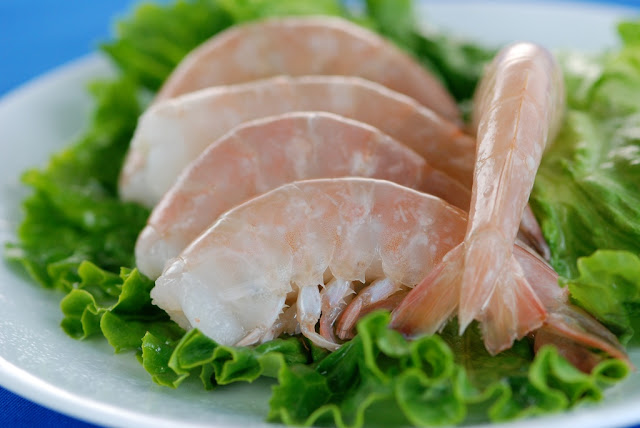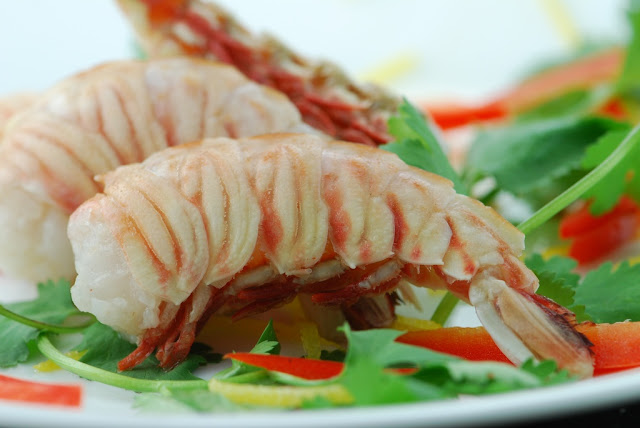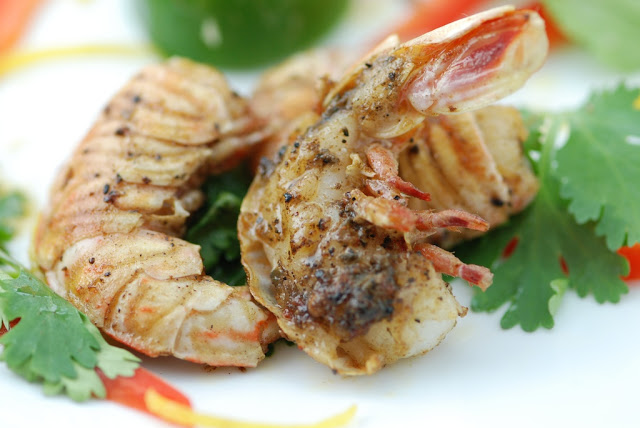(Original recipe published August 2, 2010. Updated November 20, 2025.)
There are few ingredients that inspire as much passion in seafood lovers as genuine Wild Florida shrimp—plump, sweet, deeply flavorful, and unmatched anywhere else in the world. For years, these shrimp have been a beloved treasure in our markets, not only for their exceptional taste but also for the incredible story behind them. Their resilience following the BP Gulf Disaster, their tightly managed sustainability, and the dedicated harvesters who bring them to shore all make them something truly worth celebrating.
When the Gulf oil spill occurred in 2010, many of us held our breath. We didn’t know what would survive, what would recover, or whether the pristine shrimping grounds of Florida would ever return to full health. Those early months were filled with uncertainty, and for a time, Wild Florida shrimp were simply unavailable. But nature is stronger than we often give it credit for, and so are the people who fish those waters. As conditions improved and monitoring increased, the supply slowly began returning—first in small batches and eventually in the bright, beautiful abundance we know today.
Our updates over the years reflect that journey.
2012: We began seeing greater availability, and our longtime shrimping partners brought us gorgeous early-season catches.
2013: The comeback accelerated. That spring we received some of the finest Royal Reds and Pink shrimp I’d seen in years—firm, sweet, and full of the clean, oceanic richness that defines Florida’s waters.
Today, Wild Florida shrimp are thriving, and the species detailed below remain some of the most distinctive, flavorful shrimp found anywhere in the world. Only a tiny portion of each harvest ever makes it out of Florida, but thanks to long-standing relationships with small independent docks, we are able to buy directly at the source and bring these rare delicacies back to Colorado. For many of our customers, it’s their first chance to taste shrimp the way chefs and coastal locals enjoy them—fresh, vibrant, and truly unforgettable.
Below is a closer look at the incredible species that make Florida shrimping so special.
Types Wild Florida Shrimp
With the mess in the Gulf, I’ve been thinking about how much we have to lose – certainly more than I can even fathom! The damage is done, apparently all we can do is hope for the best. As for the wildlife, some species will be affected more than others, we shall see… Personally, I’ve got my fingers crossed for the shrimp.
Florida White Shrimp (Penaeus setiferus)

Florida White Shrimp (Penaeus setiferus)
Harvested along the Gulf from Apalachicola across to Louisiana’s Mississippi Delta, these striking shrimp range from grayish-white to a shimmering almost-blue hue when fully grown. They can reach up to eight inches in length—true giants in the shrimp world. Florida Whites have a clean, briny sweetness and a wonderfully firm bite that holds up beautifully to grilling, sautéing, and poaching. Their two primary seasons—late spring through June and again in fall through January—produce shrimp that are consistently excellent.
Florida Royal Red Shrimp (Pleoticus Robustus)

Florida Royal Red Shrimp (Pleoticus Robustus)
Royal Reds are the jewels of the Gulf—deep crimson, velvety, and unlike any shrimp you’ve ever tasted. They live half a mile below the surface in cold, dark waters, and because of their depth, their flavor is naturally richer, almost reminiscent of lobster. Harvesting is strictly controlled and highly specialized, occurring along the Desoto Canyon near Pensacola and stretching down the Continental Shelf to the Dry Tortugas. Supplies are limited, and when we’re able to get them, they vanish fast. If you see Royal Reds in our cases—grab them.
Key West Pink Shrimp (Farfantepenaeus Duorarum)

Key West Pink Shrimp (Farfantepenaeus duorarum)
If chefs around the world could choose only one shrimp for the rest of their careers, many would pick the Key West Pink. These shrimp feed on clean coral sands, which give them their signature rosy hue and delicate, naturally sweet flavor. Their texture is tender yet resilient, making them perfect for scampi, risotto, grilling, or simply sautéing in butter and lemon. As an eco-friendly choice with minimal by-catch, they’re as responsible as they are delicious.
Florida Rock Shrimp (Sicyonia Brevirostris)

Florida Rock Shrimp (Sicyonia brevirostris)
Rock shrimp may be small, but they are mighty. Their shells are thick and tough—hence the name—but inside is meat with a flavor strikingly similar to lobster. Harvested at night in waters 120–240 feet deep, Rock shrimp are seasonal and sporadic, making them a coveted find. They cook very quickly, so watch them closely. Use them in pasta, seafood boils, stir-fries, or split them for broiling to bring out their sweet, lobstery richness.
How to Split Rock Shrimp for Broiling or Grilling
Place shrimp belly-side up on a cutting board. Insert the tip of your knife at the base of the tail and slice upward to split. You may cut them completely or leave the tail attached and simply spread open for grilling.
‘Half-Shell’ or Peeled Rock Shrimp
Use kitchen shears to gently cut along the underbelly. Flip and snip along the top ridge, removing whichever shell side comes free first. Remove the vein and continue with the remaining shrimp. For fully peeled shrimp, remove both sides of the shell.

Jamaican Me Crazy Shrimp Recipe
A spicy Jamaican Jerk and Rum recipe for Rock Shrimp that will drive you wild!
Scampi is actually a small lobster, but I prefer large red, pink or white shrimp from Florida waters.
Prosciutto Wrapped Shrimp Sticks Recipe
Gulf shrimp and Prosciutto di Parma, or Jamon Serrano make this simple dish extra special.
Royal Coconut Sesame Shrimp Recipe
Deep fried perfection with coconut, panko, sesame seeds.


It just so happens that just last night I used up the last of my Tony's shrimp from the freezer. I hope you still have some. Thanks for this shrimp tutorial. I've always wondered about the differences. Man would I love to try those Royal Reds.
The reds are amazing and hard to come by, but we get some at least once a year – I suggest keeping the cooking short and the recipe simple (like a very short saute in butter), they are worth savoring!